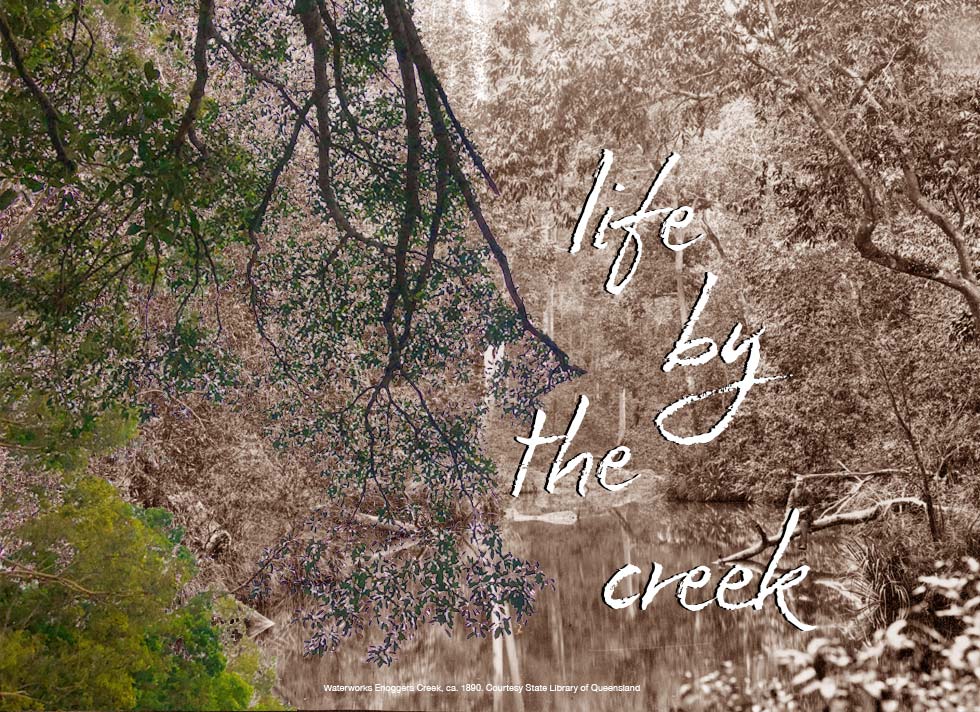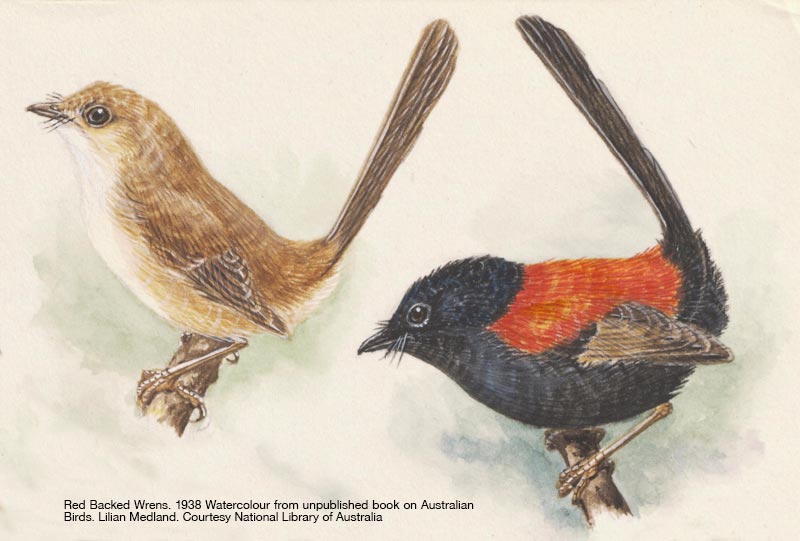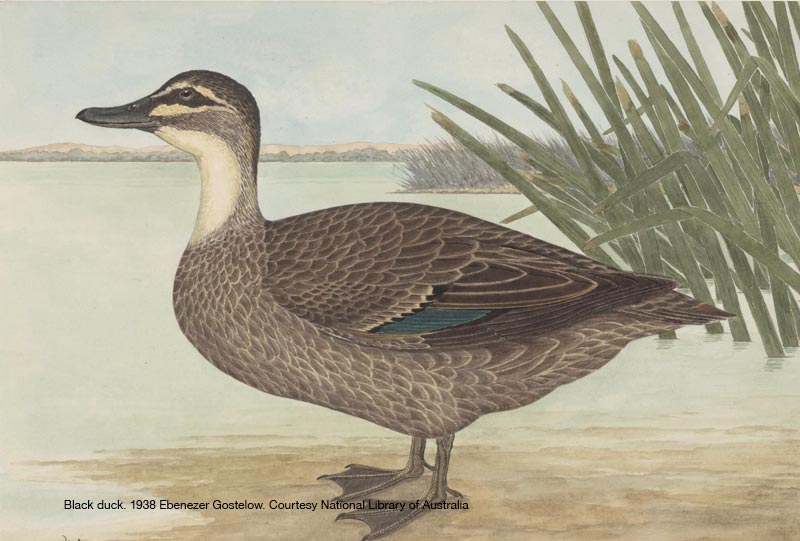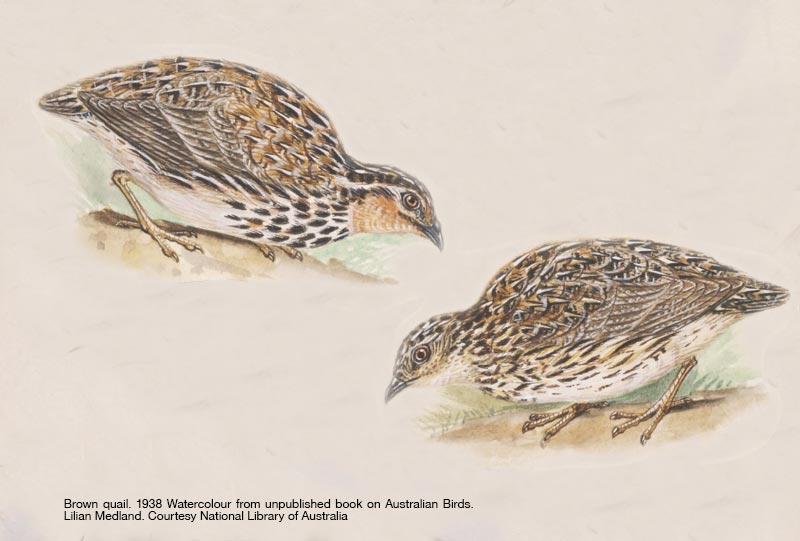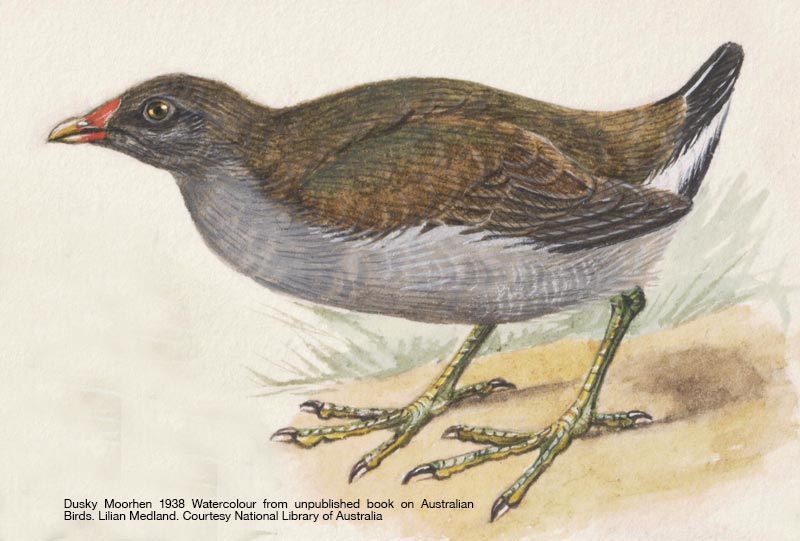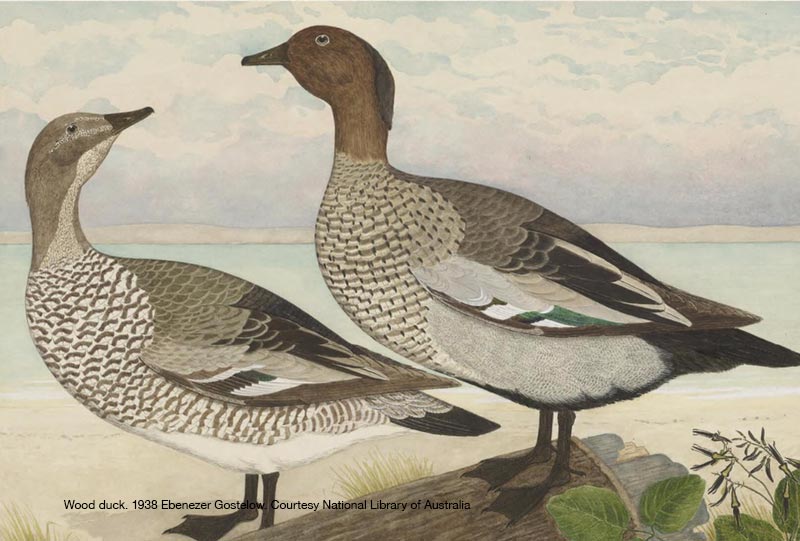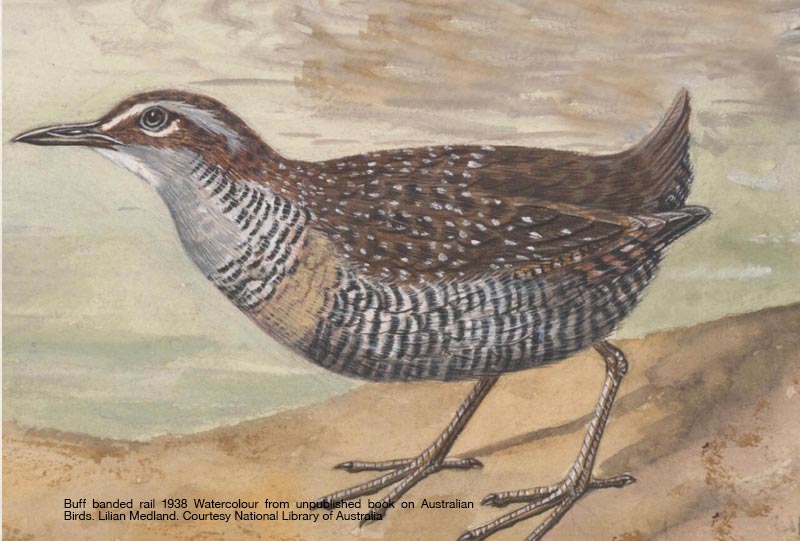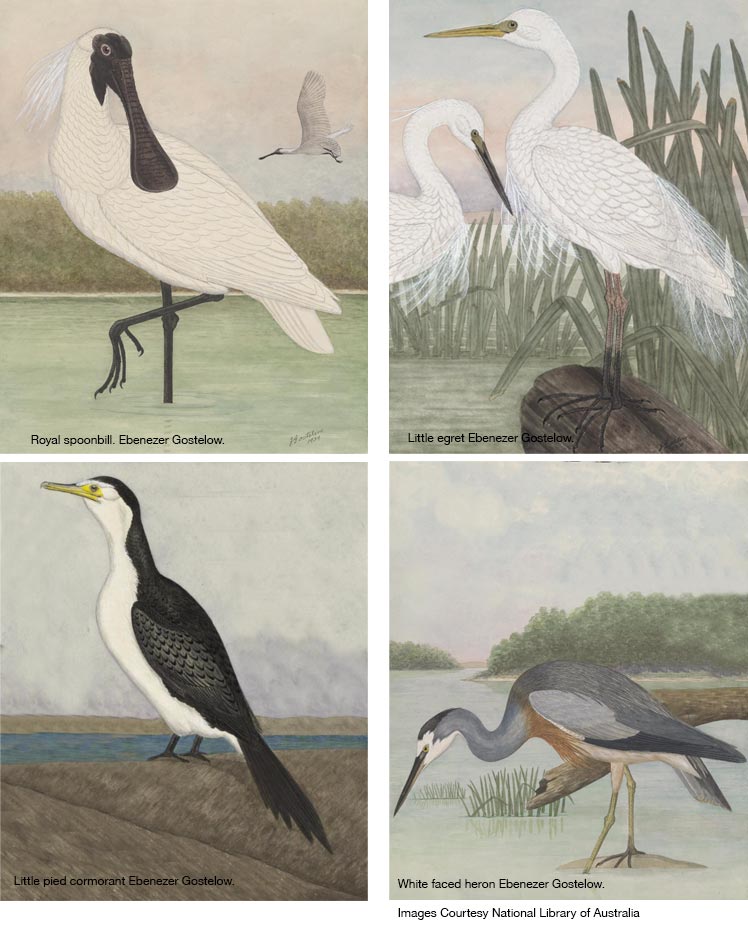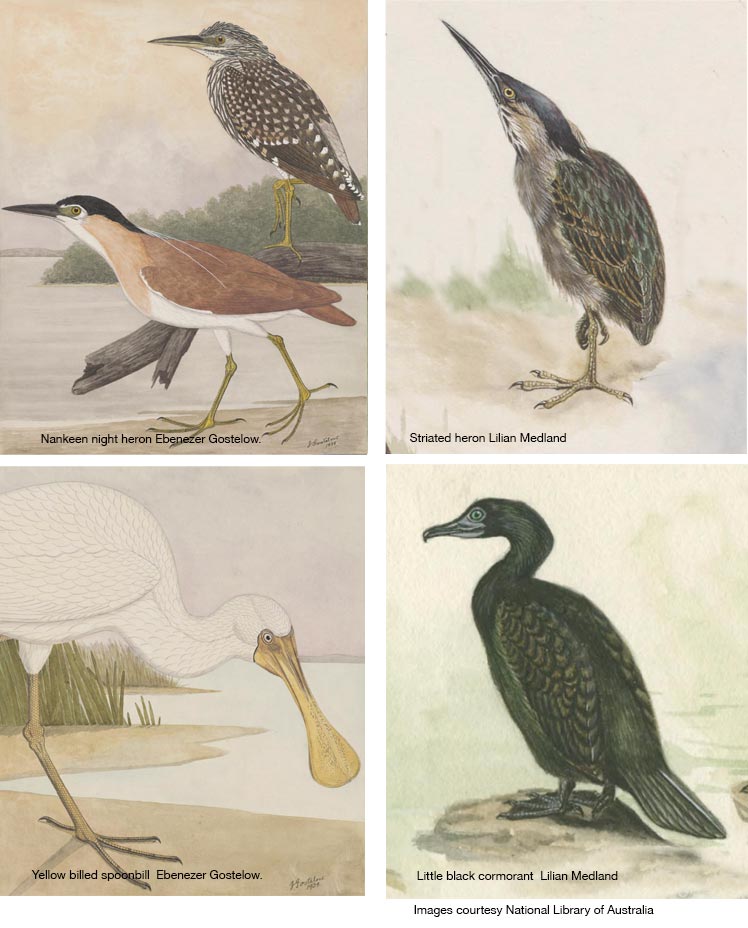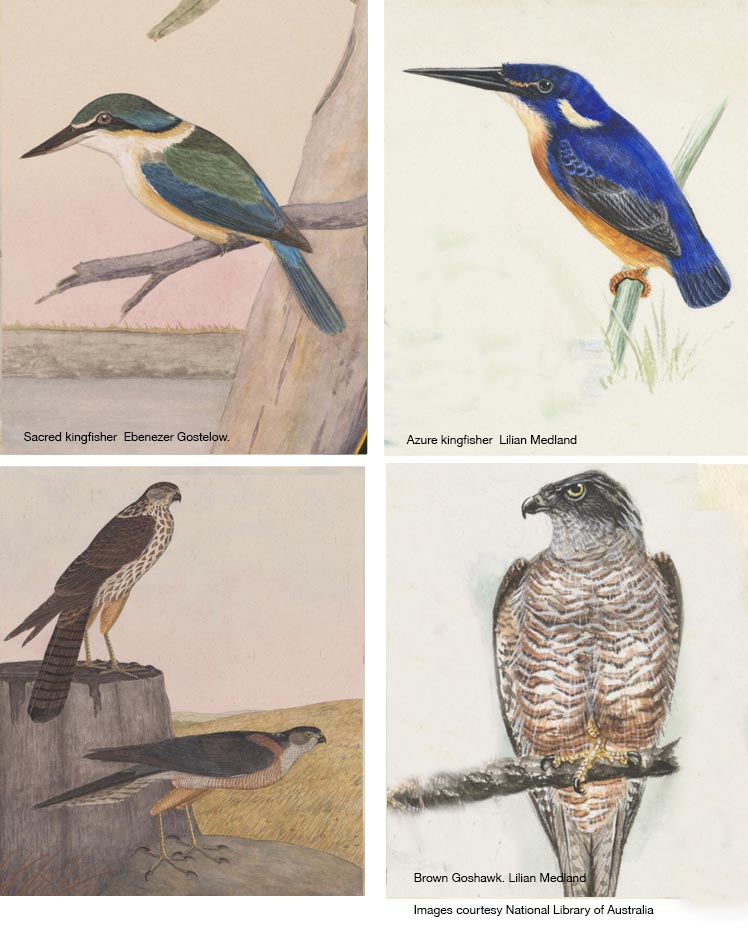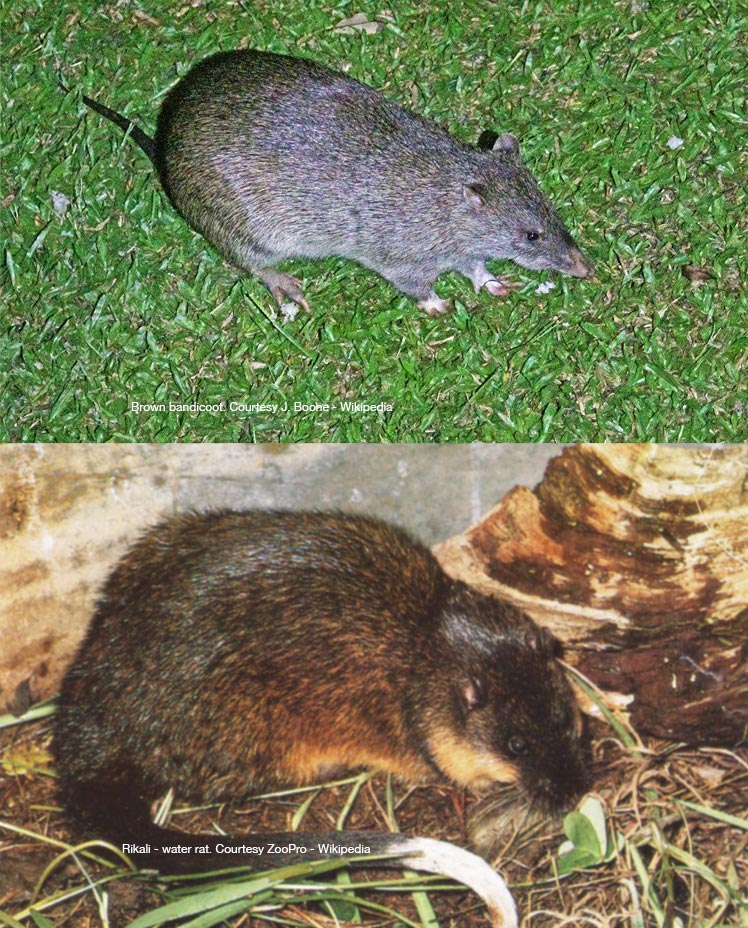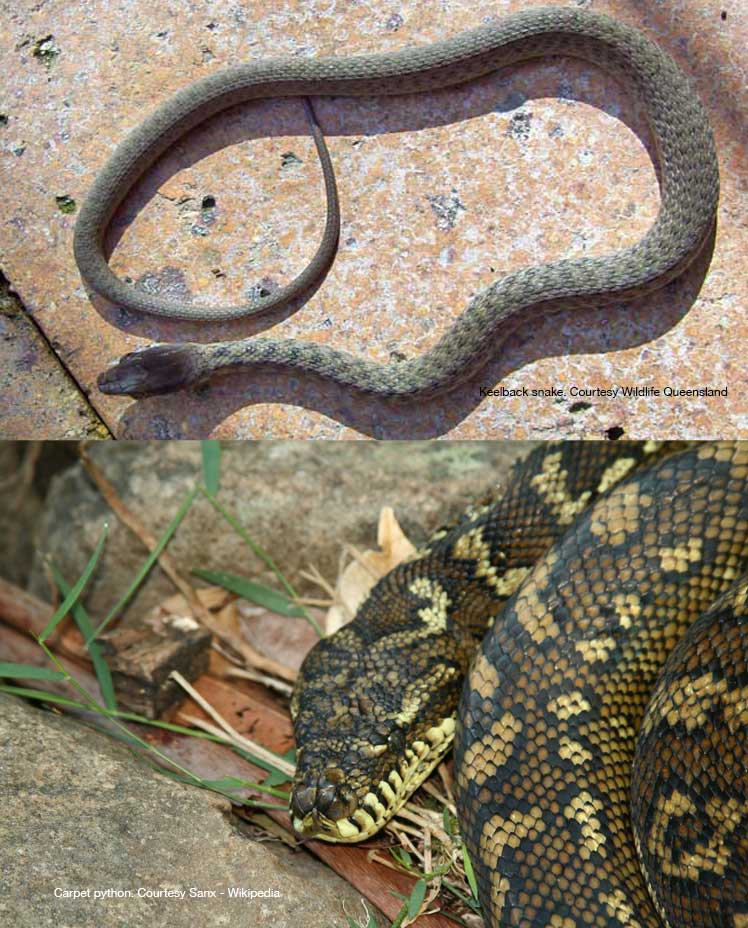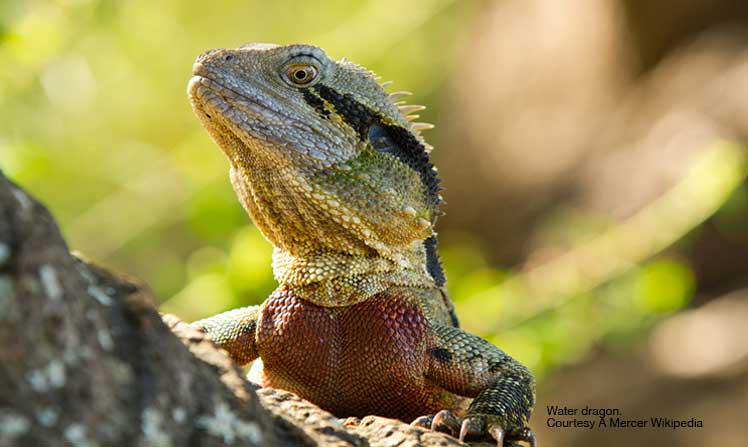Changes came early to Enoggera Creek. With the town of Brisbane needing a reliable water supply, work on the Enoggera Reservoir got underway in late 1864.
Once the new engineering works opened up improved access to this previously remote rainforest area, settlement of the riverbank areas downstream of the new dam soon followed.
Today bush regeneration programs underway along the length of Enoggera Creek are seeking to re-establish these river bank locations as the valuable wildlife habitat they were in the past.
The largest reserve areas along the creek are the Banks Street Reserve and the Corbie Park – Davisdon Street section. These larger areas provide a haven for many species of animals. Some of these are introduced below with notes provided courtesy of Christine Galbraith.
